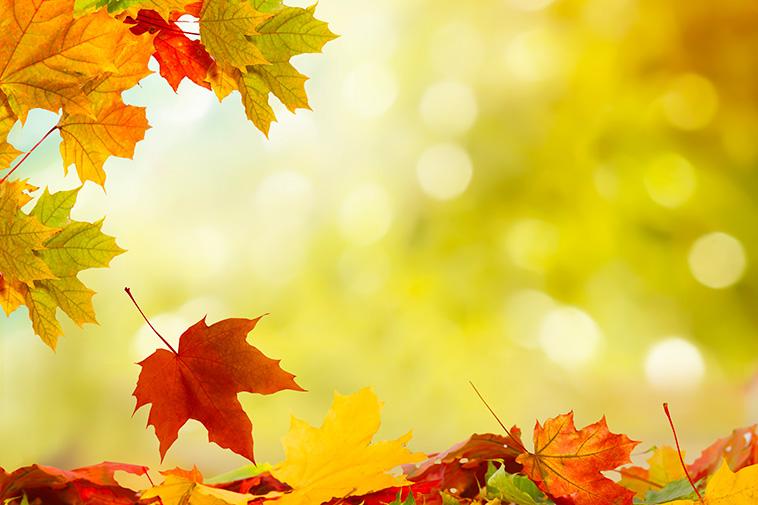Why Do Leaves Change Color in Autumn?

During the fall, we all love to enjoy the beautiful colors of the leaves. As summer turns into winter, their green hue turns to orange, yellow, purple and red. But why does this happen? Let’s find out.
The Role Of Chlorophyll
The leaves of a tree produce the food which is required for the tree to grow. This process occurs in cells which contain chlorophyll, and it is this substance that causes the leaf to have a green color. Chlorophyll absorbs energy from the sunlight which is then used to transform water and carbon dioxide into carbohydrates like starch and sugar. Not only are there green pigments, there are also orange and yellow pigments or xanthophyll and carotene pigments which contribute to the colors of certain fruit and vegetables such as carrots.
During the fall, the number of daylight hours reduce. Not only that, but the temperature changes. This stops the leaves from making food and causes the chlorophyll to start breaking down. This, in turn, causes the green color to disappear and the orange and yellow colors to become visible. This causes the leaves to change their hue to their familiar fall shades.
Simultaneously, other chemical changes might occur, forming extra colors by developing red anthocyanin pigments. The purple and red colors of certain trees during the fall are caused by some of these mixtures. Some trees have only yellow leaves while others have mostly brown leaves during this season. These colors are caused by varying levels of chlorophyll residue mixing with other leaf pigments at this time of the year.
The Other Changes Which Occur
There are some other changes which also take place during the fall as well as the changing color of the leaves. Where the leaf stem comes out of the tree, a cell layer begins to develop. This slowly severs the tissues supporting the leaf. The tree will seal that cut, so when the wind blows the leaf off the tree or it falls off due to its weight, a leaf scar is left behind. Many trees shed all of the leaves during the fall. Yet some other trees retain their dead leaves until new spring growth begins.
The Effect Of The Weather
Light, water supply and temperature all have a key role to play in the duration and degree of the fall colors that you see in the leaves. Temperatures which are low but above freezing point favor the formation of anthocyanin. This produces leaves which are bright red in color. Early frost, however, weakens this brilliant shade. Overcast and rainy days also make fall colors more intense, and this makes the most beautiful time to enjoy autumnal colors a dry, cool and clear day.
Now you know why Fall leaves change their colors, it’s time to get outdoors in this lovely season and enjoy the beautiful scenery!
